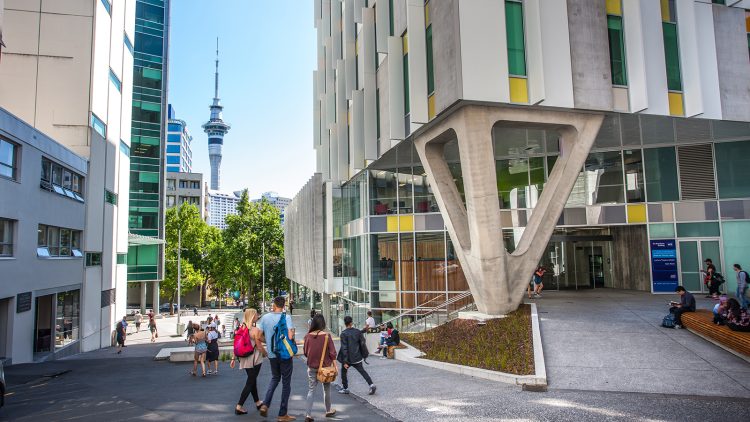概述:每年有超过30万新西兰人入读包括大学、理工学院和wánanga在内的高等教育机构。大多数国内学生的学费都得到政府的补贴。此外,许多学生使用Studylink,这是一项提供无息贷款或学生津贴的服务。今年,大学面临资金赤字,导致教职员工和学生裁员。作为回应,政府宣布额外拨款1.28亿美元作为大学资助。
大学资助与研究:
- 国民党希望在奥塔哥和奥克兰建立一所新的医学院,并增加见习医生的名额。
- 机会党建议让拥有相关学位的人更容易学习医学。
- 工党计划在牙科学校增加50%的名额,目标是从2026年开始提供免费牙科保健。他们还计划资助更多的护士和医生培训名额。
- 研究方面,工党的目标是重组研究部门,启动气候变化、技术和流行病研究中心。新西兰第一希望资金集中在生产部门。机会党将为研究引入税收优惠,并将重点放在克赖斯特彻奇的癌症研究上。国民党热衷于建筑业的研究。
- 绿党和T e Páti Maori的目标是修改融资模式,增加对kaupapa毛利机构的投资。两者都希望增强学生在高等教育治理中的发言权。该法案提议向每名儿童发放25,000美元,用于小学和高等教育。新保守党计划减少大学经费
在@@
。
学生支持:
-
A@@
- c t Party打算取消第一年的免费政策,但绿党希望扩大该政策。Nat ional将保留这项政策。
- 蒂帕蒂毛利人主张全民学生津贴。绿党提出了一项新的学生收入保障政策,并修改了贷款制度,使其更有利于学生。
- 绿党和蒂帕蒂毛利人支持为所有学生提供免费公共交通。绿党还希望改变学生宿舍,而N at ional计划为受过新西兰培训的助产士和护士制定一项联系计划
- 工党、国民党、新保守党、蒂帕蒂毛利人和绿党都有支持非大学教育和贸易途径的计划。A@@ ct Party认为劳动力发展委员会过于昂贵,因此计划将其关闭。
。




























































